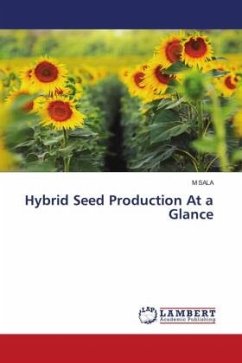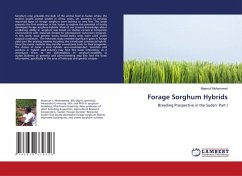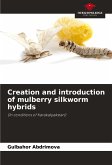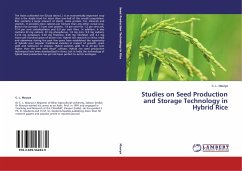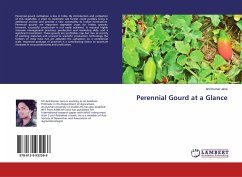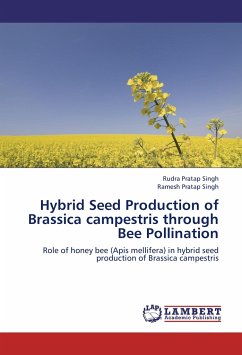Hybrid seed production is predominant in modern agriculture and home gardening. It is one of the main contributors to the dramatic rise in agricultural output during the last half of the 20th century. The alternatives to hybridization are open pollination and clonal propagation. All of the hybrid seeds planted by the farmer will produce similar plants, while the seeds of the next generation from those hybrids will not consistently have the desired characteristics. Controlled hybrids provide very uniform characteristics because they are produced by crossing two inbred strains. Elite inbred strains are used that express well-documented and consistent phenotypes (such as high crop yield) that are relatively good for inbred plants. Hybrids are chosen to improve the characteristics of the resulting plants, such as better yield, greater uniformity, improved color, disease resistance. An important factor is the heterosis or combining ability of the parent plants.
Bitte wählen Sie Ihr Anliegen aus.
Rechnungen
Retourenschein anfordern
Bestellstatus
Storno

